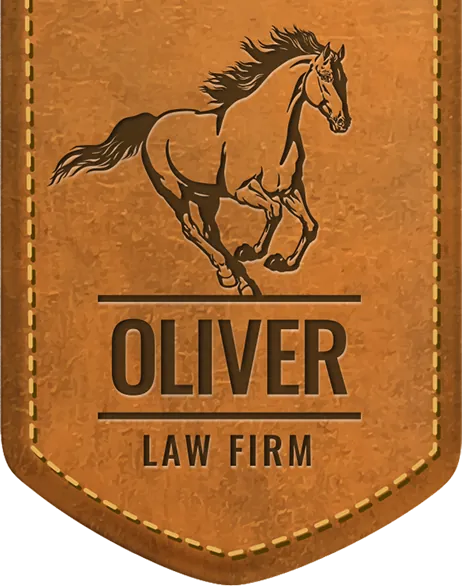There has been a lot of buzz lately about regulations in the trucking industry. After several high profile truck wrecks this past year, there has been a spotlight on talks in Congress about different regulations in the trucking industry. The Federal Motor Carrier Safety Administration, known as the FMCSA, is responsible for overseeing these regulations to make the industry as safe as possible.
However, there are loopholes in the laws that leave both truckers and other drivers vulnerable to wrecks and injuries. They call them “exceptions”, but they stray outside of the general driving rules and allow drivers to be on the road for more time that usual.
In “adverse Driving conditions” defined as “snow, sleet, fog, other adverse weather conditions, a highway covered with snow or ice, or unusual road or traffic conditions, none of which were apparent on the basis of information known to the person dispatching the run at the time it was begun”
“A driver who encounters adverse driving conditions, as defined [above], and cannot, because of those conditions, safely complete the run within the maximum driving time… may drive and be permitted or required to drive a commercial motor vehicle for not more than 2 additional hours in order to complete that run or reach a place offering safety for the occupants of the CMV and security for the CMV and its cargo. “49 CFR 395.1 (b)
Anything involved in the “transportation of oilfield equipment, including the natural gas and oil industry”, is subject to 49 CFR 395.1(d), which says that “any period of 8 consecutive days may end with the beginning of any off-duty period of 24 or more successive hours”
Christmas time brings exceptions, with the rule 49 CFR395.1 (f) stating that drivers are not bound by the normal rules when “solely making deliveries from retail stores and/or retail catalog businesses to the ultimate consumer, when driving solely within a 100-air mile radius of the driver’s work-reporting location, during the period of December 10 to December 25.. each year”
When drivers have vehicles equipped with sleeper berths, the rules for their rest time change as well. Their 10 required hours of rest can be spent in this sleeper berth, possibly in two different periods of rest. Each period must be at least two hours in length, but the driving can be split up between these two rest periods.
These are just a short selection of the several exceptions listed in 49 CFR 395.1 of the Federal Motor Carrier Safety Administration’s regulations. These loopholes in regulation are dangerous to drivers. It is important to be aware of your surroundings while driving, including who may be in the truck next to you. More information about these regulations can be found on their website, and the information used in this blog post was found at https://www.gpo.gov/fdsys/pkg/CFR-2003-title49-vol4/pdf/CFR-2003-title49-vol4-sec395-1.pdf.
a Free Consultation



